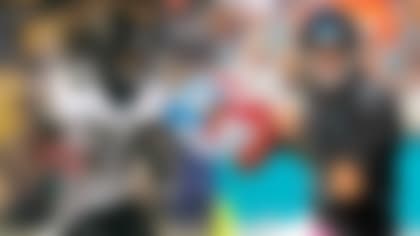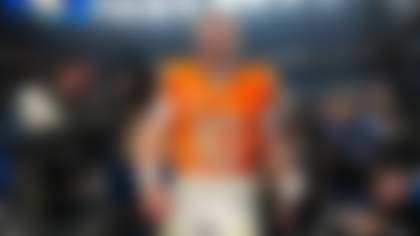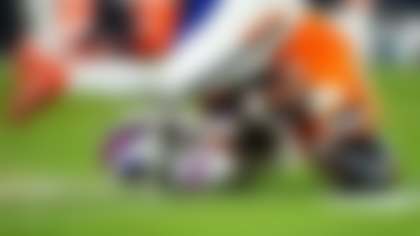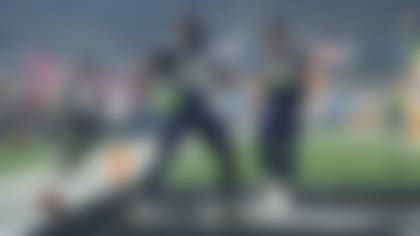In the days leading up to the 2013 NFL Draft, NFL.com will allow users to determine the best and worst draft picks for every team. The series continues with the team that owns the No. 2 overall pick in this year's draft, the Jacksonville Jaguars.
Best picks
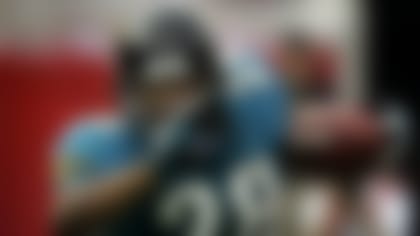
Fred Taylor -- 1998 (No. 9 overall)
The Jaguars' proclivity in drafting University of Florida stars cost them later in their history (see Derrick Harvey and Reggie Nelson), but that certainly wasn't the case here. Taylor quickly established himself as one of the NFL's best runners, finishing 10th in the league in rushing yards as a rookie. Although he later was nicknamed "Fragile Fred" -- he played the full 16 games in just two of his 13 NFL seasons -- he ended his Jacksonville career with a franchise-record 11,271 rushing yards and a much-deserved place in the Pride of the Jaguars.
» 1998 NFL Draft | Photos: Taylor through the years

Tony Boselli -- 1995 (No. 2)
Talk about setting the tone for your franchise. The Jaguars used their first-ever draft pick on Boselli, a rugged left tackle who protected Mark Brunell and opened holes for James Stewart, then Fred Taylor, as the team reached two AFC Championship Games in a four-year span. Boselli was a five-time Pro Bowl pick and three-time All-Pro in his first six seasons before shoulder problems ended what looked to be a sure-fire Hall of Fame career.
» 1995 NFL Draft
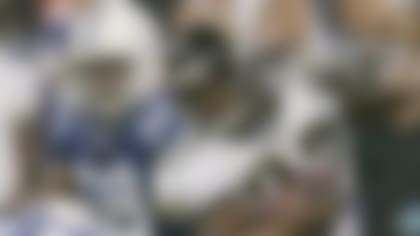
Maurice Jones-Drew -- 2006 (No. 60)
The only non-first-rounder on this list, Jones-Drew almost wasn't a Jaguar. The team reportedly liked DeAngelo Williams, but the Carolina Panthers took him at No. 26, leaving the Jaguars to select tight end Marcedes Lewis at No. 27. They took Lewis' UCLA teammate, Jones-Drew, in the second round, and he quickly become a revelation. Jones-Drew proved to be dynamic as a runner, receiver and returner, and he has become the face of the franchise, contract squabbles aside.
» 2006 NFL Draft | Photos: Jones-Drew through the years
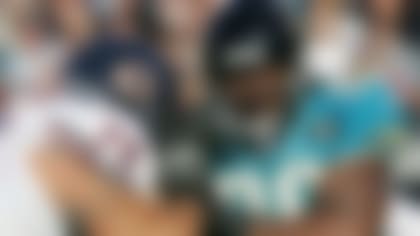
Marcus Stroud -- 2001 (No. 13)
Stroud joined a franchise that was rebuilding after its early successes. After learning the ropes in his first season, Stroud took over in the second, becoming a disrupting force in the middle and posting a career-high 6.5 sacks. Stroud made the Pro Bowl from 2003 to 2005, helping the Jaguars return to the upper echelon of the AFC, before injuries set in. He played for the Buffalo Bills in his last three seasons but never showed the same form.
» 2001 NFL Draft
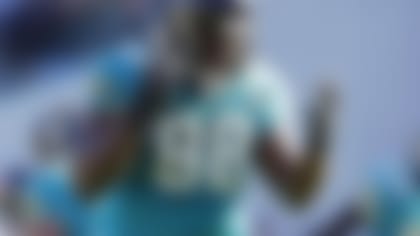
John Henderson -- 2002 (No. 9)
At 6-foot-7, "Big John" towered over the competition, and when teamed with Stroud, he gave the Jaguars perhaps the most dominant defensive tackle tandem in the NFL. Despite the physical nature of his position and his play, Henderson missed just three games in eight seasons in Jacksonville, so the Jaguars always could count on him to lead their push up the middle and back to the playoffs. Like Stroud, Henderson finished his career elsewhere -- he spent two seasons in Oakland -- but his best days came as a Jaguar.
» 2002 NFL Draft
Worst picks
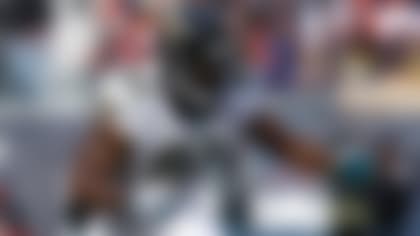
Derrick Harvey -- 2008 (No. 8)
When the Jaguars traded up 18 spots to grab Harvey, they believed they had found the elite pass rusher they so needed. One of their coaches even called Harvey a bigger, faster version of Terrell Suggs. They couldn't have been more wrong. Harvey recorded just eight sacks in three seasons and wasn't even a full-time starter. Making matter worse: The Baltimore Ravens used some of the draft picks gained in the trade to move up to No. 18. Their selection: Now-Super Bowl MVP Joe Flacco.
» 2008 NFL Draft
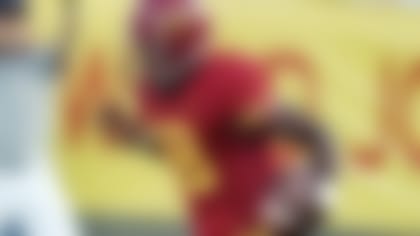
R. Jay Soward -- 2000 (No. 29)
The Jaguars' failures at drafting wide receivers are well-chronicled, but Soward tops that list. He struggled with alcohol abuse during his lone NFL season and played in just 13 games, catching 14 passes for 154 yards and one touchdown. Soward did land in the Canadian Football League, with the Toronto Argonauts from 2004 to 2006, and he even popped up with the Indoor Football League's Wenatchee Valley Venom in 2011, but he never got another crack at the NFL.
» 2000 NFL Draft
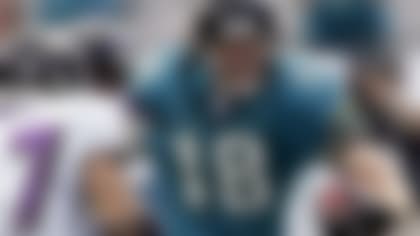
Matt Jones -- 2005 (No. 21)
Jones' arrival in Jacksonville was hailed by the city's many SEC fans, who remembered him as a dual-threat quarterback at Arkansas. If only the Jaguars had one threat out of Jones, whom they converted to wide receiver. He never seemed to learn the position, and a July 2008 drug arrest further soured the franchise on him. Jones posted career highs in receptions (65) and receiving yards (761) in the 2008 season, signaling a possible turnaround, but a probation violation the next spring spelled the end of his Jaguars career. He didn't play in 2009 and was cut by the Cincinnati Bengals in 2010.
» 2005 NFL Draft
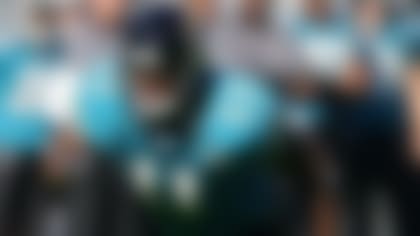
Reggie Williams -- 2004 (No. 9)
Williams, an All-American receiver at the University of Washington, left school early, and his lack of maturity quickly showed in the NFL. Williams upset opponents and teammates alike with his on-field histrionics, including one time when he busted into a celebration dance after a run block. Williams never had more than 52 receptions in a season, although he caught a franchise-record 10 touchdown passes in 2007, but it was nothing more than a tease. He had just 37 receptions in 16 games the next season, and the Jaguars released him. He was arrested on drug charges in 2008 and tried to revive his NFL career with the Seattle Seahawks in 2009, but it didn't stick.
» 2004 NFL Draft
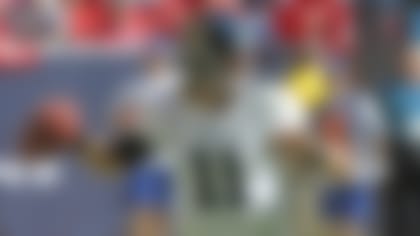
Blaine Gabbert -- 2011 (No. 10)
Some might argue that Byron Leftwich, whom the Jaguars drafted No. 7 overall in 2003, deserves this spot over Gabbert. At least Leftwich showed the ability to stretch the field -- if his protection would allow time for his slow-motion windup. Gabbert, on the other hand, seems to hear footsteps when there are none, and that's disconcerting. Also, his inability to throw deep passes -- he has averaged just 5.1 yards per attempt in two seasons -- allows defenses to key on Maurice Jones-Drew, the Jaguars' top offensive weapon. Gabbert must prove this season that he's the answer in Jacksonville. If he can't, his spot on this list will be secured.
» 2011 NFL Draft
Follow Justin Hathaway on Twitter @NFLNewshound.
